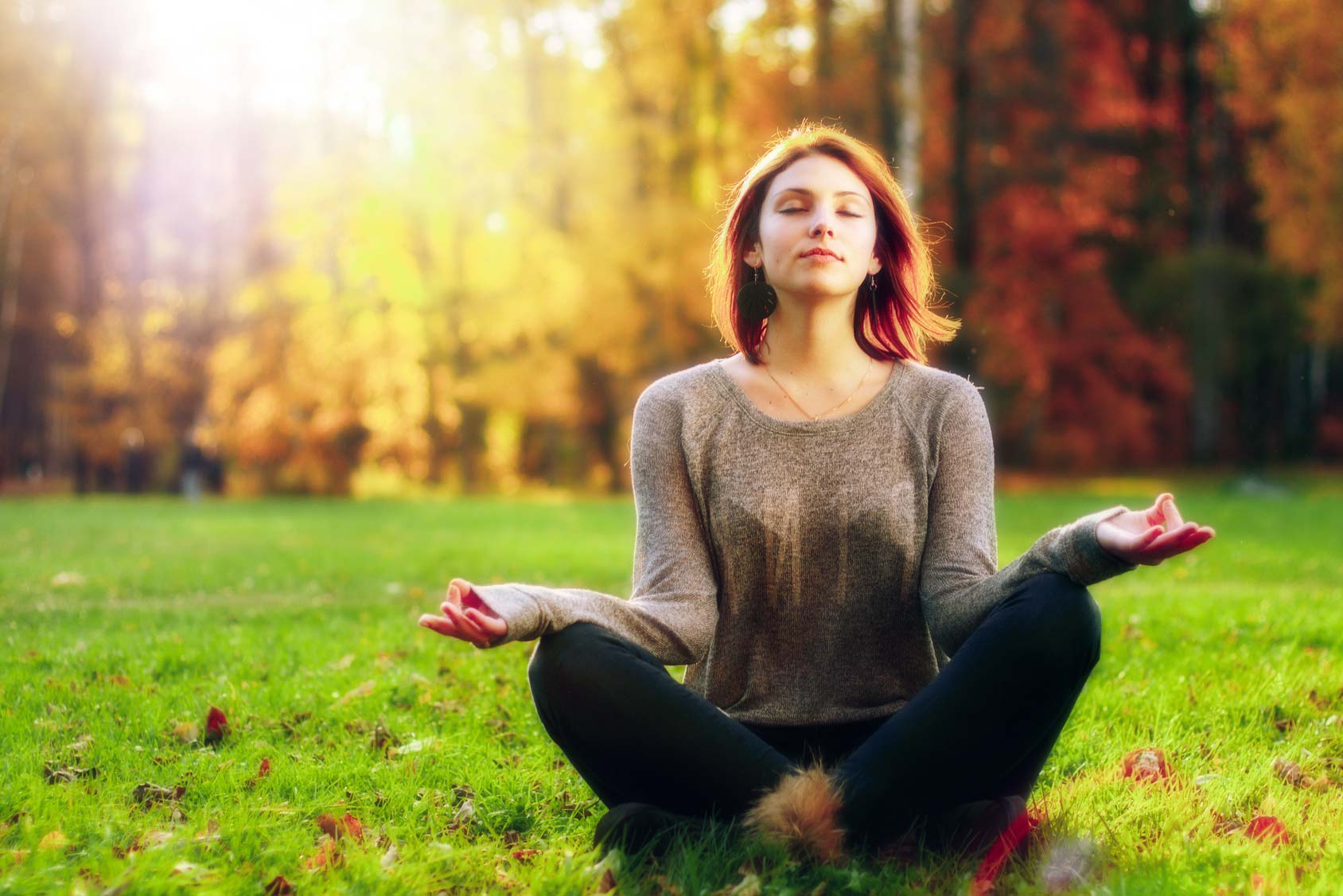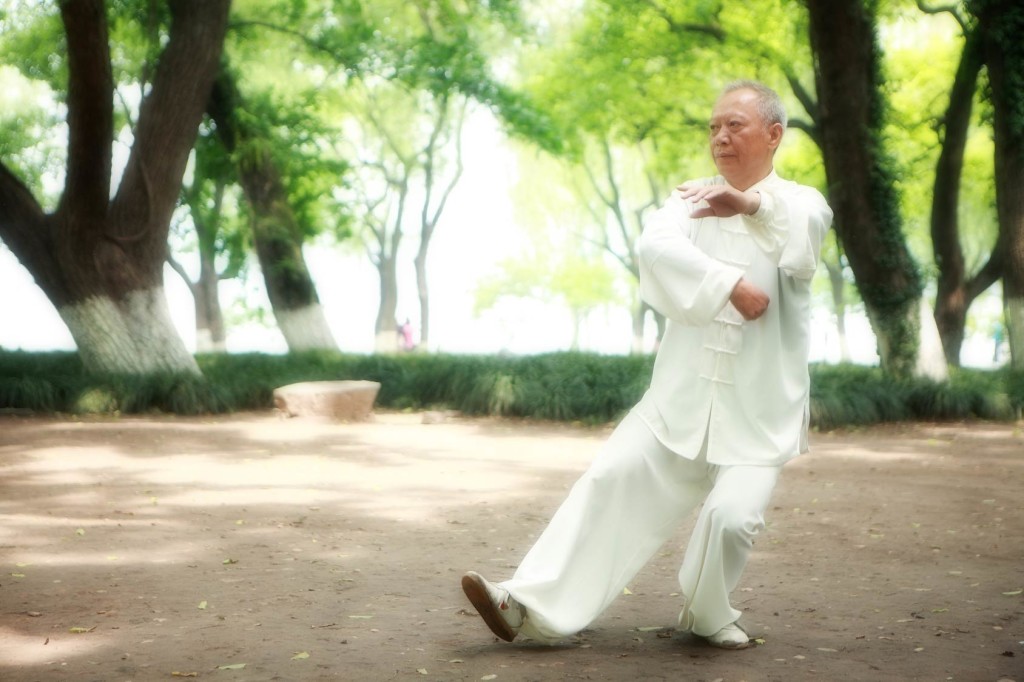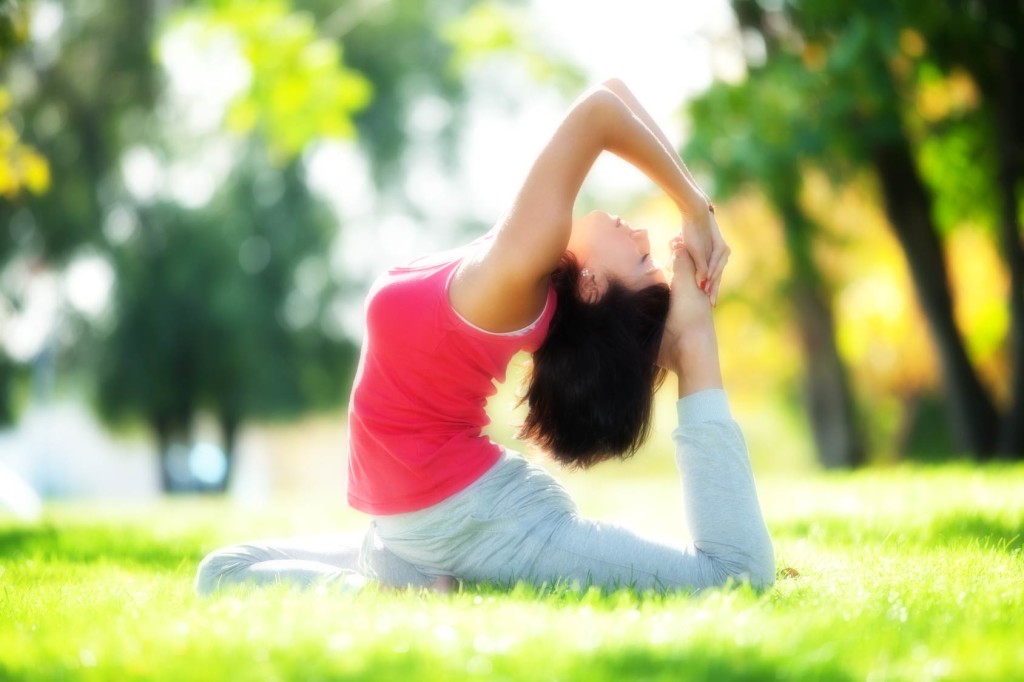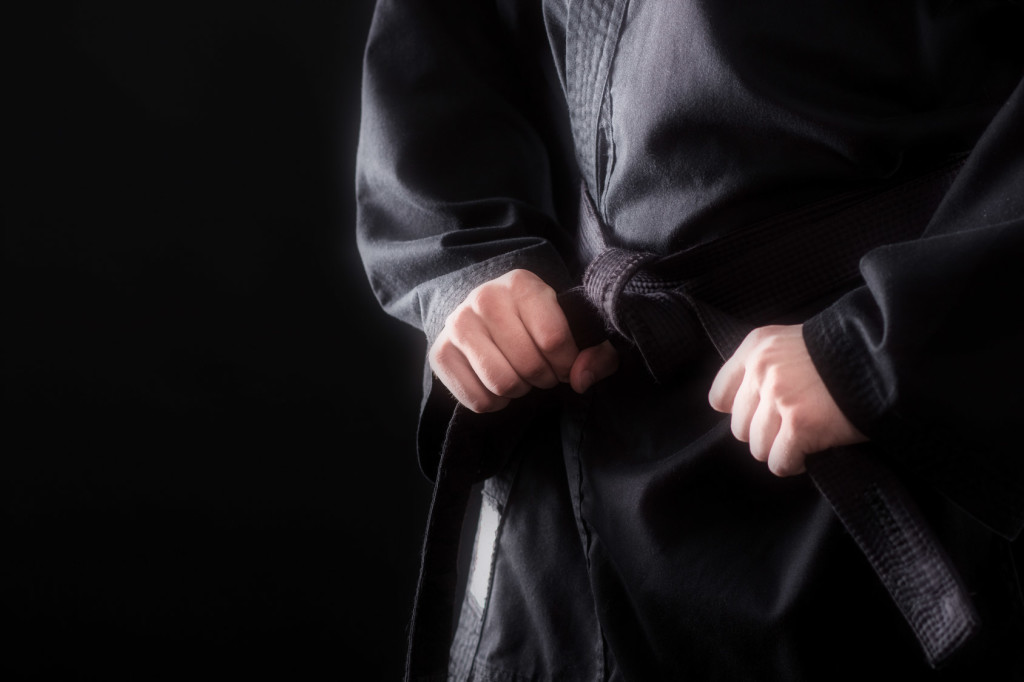As I’ve said before, if you really want to change your life and pursue personal excellence, meditation is essential.
But there are a lot of people (those diagnosed with ADD or ADHD, for example) who simply can’t sit still. For these folks, sitting quietly with their eyes closed for more than a few seconds is not merely a struggle – it can be outright torture.
Luckily, there are some great alternatives to traditional sitting meditation, including ways to tune into your inner stillness through movement and activity. So no one has to be left out!
If you’re one of those people who think that “you just can’t meditate,” then you’ll definitely want to check out this list. Try them all and see which one is right for you – and start enjoying the benefits of meditation in your life today!
1. Tai Chi
Tai Chi is a popular meditative discipline developed in China. While it’s exact origins are shrouded in mystery, it evolved from the ancient system of knowledge which also gave rise to Taoism, acupuncture and Kung Fu.
The formal name, tai chi chuan, loosely translates as “supreme ultimate force.” It is designed to enhance and balance the flow of energy in the body (the cosmic life force called chi or qi).
Learning the art of Tai Chi begins with learning a series of simple movements, most of which are inspired by Nature – including the names, such as “grasp the bird’s tail,” or “eagle attacking prey.” These graceful, circular motions seamlessly flow together into groups called forms or sets.
While many of these motions are similar to martial arts, in Tai Chi they are performed slowly, gently, deliberately. The emphasis is on breathing and mindfulness, becoming calm, centered and balanced – and entering a meditative state.
With time, the practitioner goes deeper into the movements, learning ever more subtle and intricate details. Going beyond movement and breath altogether, he or she learns to still the mind, to feel the flow of energy and surrender to it, and be moved by it.
Eventually Tai Chi takes you beyond duality altogether, where there is no longer any difference between stillness and motion, active and passive, self and other.. no difference between you and the rest of the universe.
You realize that you are the Chi, the ultimate supreme force.
2. Yoga (Asanas)
When we in the West talk about yoga, we are usually referring to asanas, or physical postures.
Yoga is so much more than that. It’s actually a diverse system of practices – including meditation, self-inquiry, and breathing exercises, to name a few – all designed to help the practitioner achieve union with God (yoga literally means “to yoke” or “bind”).
Practicing asanas is just one form of yoga – but it’s an excellent path for the more kinesthetic among us.
Ancient yogis developed the asanas as a way of preparing the body, developing the strength and endurance needed for long periods of fasting and meditation. Yoga is not just about getting fit and limber, as nice as that is – it’s a path to self-realization.
As with Tai Chi, great emphasis is placed on mindfulness, using breath and movement to unite mind and body in the present moment. The practice not only tones and stretches the body, it makes you aware of your thoughts and your inner world in a much deeper way.
Much like good, old-fashioned sitting meditation – only you get a hell of a good workout while you’re at it.
If you’re one of those who can’t sit still, you might want to trade your meditation cushion for a yoga mat. Start with a simple series of poses, like the “sun saluatation” sequence, that you can do at home. Set aside a time every day to practice, and stick to it.
Don’t worry about what you look like, or whether you’re getting the poses perfect. Just focus on your breathing, on being aware of your body. If you keep at it and just do your practice, eventually that inner critic, the ego, will shut up and leave you alone.
3. Martial Arts
If yoga and Tai Chi are too soft and gentle for you, martial arts might be your thing.
While the martial arts are, first and foremost, disciplines for self-defense and hand-to-hand combat, they have all the elements of an active and engaged meditation practice. While training your body, you can also train your mind.
While learning the postures and movements, you can also learn to be mindful.
In fact, meditation was an important part of classical martial arts, and the cultures in which they developed. The samurai or the Shaolin monk is legendary not only for their skill in combat, but for their mastery of the mind and senses, and super-human powers of perception and concentration.
One advantage of martial arts is the sheer number of traditions and styles to choose from – from Aikido to Taekwondo, Karate to Kickboxing. With such a dizzying variety of options, you are bound to find a technique and training style that is right for you.
Whatever martial art you choose, the important thing is to set aside time to practice, and treat that time as sacred time. Prepare a practice space, and enter it reverently, with the intention to not only master a set of movements and skills, but to achieve mastery of your mind, your life, your self.
During your practice, try your best to focus on your breath, your body. Let your whole attention be absorbed by your practice. Be totally in the moment, and lose yourself in the motions.
4. Running
Have you ever heard of the “runner’s high”?
It’s a state of consciousness reached by athletes and long distance runners, where all mental chatter and inner turmoil falls away, leaving them feeling intensely alive and awake and present in the moment.
Sounds good, right?
The runner’s high is, without doubt, a meditative state. Which means that running can be so much more than just exercise – it can be meditation in motion.
Elevating your daily jog from a fitness routine to a spiritual discipline is easier than you might think. It starts with simply deciding to do it. Commit to running at the same time each day, and set it aside as sacred time.
When you’re out there on the track (or the road, or the beach, wherever) begin to consciously work with your attention. Bring your mind and body together by focusing on your breath, on the rhythm of your feet, the cool rush of air upon your skin.
Expand your awareness to take in the sights and sounds around you, the sunrise or sunset, the clouds in the sky, the sound of the wind and the birds in the trees, the smell of freshly cut grass… Get out of your head, your thinking mind, and into your senses, the felt experience of the present moment.
That is mindfulness meditation. That’s all there is to it.
With time it becomes easier and more enjoyable. You will start to look forward to your run as the highlight of your day, if you don’t already.
5. Mindful Walking
On the other hand, maybe just the thought of running makes your joints ache and your stomach turn. Maybe you’d rather rip out your fingernails and soak your hands in a bowl of lemon juice.
Hey – I get it.
Lucky for both of us, there’s an easier, gentler, less painful way to meditate on the move.
It’s called mindful walking, or walking meditation, and it has been popularized in recent years by Vietnamese poet, author and Buddhist monk Thich Nhat Hanh.
To practice, simply go for a walk (preferably outside), and focus your attention on each step, and each breath. Instead of letting your mind wander, and spending the whole time lost in thought, bring your attention fully into the moment, to your body, your breath and your senses.
(Are you starting to notice a pattern yet?)
This is perhaps the easiest way to practice active, moving meditation. You can do it anytime, anywhere, even walking between classes at school, or to and from meetings at work. Just bring your full awareness to where you are, to this step, right now. Relax into this moment.
Nothing could be simpler.
6. Drawing/Painting
Ask any artist and they’ll tell you that their craft keeps them sane.
It gives their life meaning, purpose and direction. For some, art is like a religion. When they’re in the studio, brush dancing across the canvas, they’re “in the zone,” in another world, in a meditative state of mindfulness and surrender.
In the far East, they have long viewed drawing, painting and even writing as a way of meditation, a way of mindfulness and peace. The artist seeks not only to create beautiful shapes and forms, but to achieve a state of Zen – being fully here and now, spontaneous and free.
You don’t have to be a professional artist to get a taste of this experience. You just have to be willing to try something new; to loosen up and relax and be willing to play.
Pick a medium – pencil or paints, even crayons will do. Prepare your space. Select a place where you can be left alone, and enjoy some peace and quiet, some uninterrupted focus. Arrange and organize your materials so everything is within easy reach.
Choose something you want to create – it can be a flower, a landscape, a bowl of fruit, or just abstract patterns of shape and color – and then just give it a try.
Don’t let your ego judge and critique, and run the show. Relax. Be open and spontaneous and playful. Try and feel what wants to emerge. Let the brush or the pencil go where it will.
Have fun with it.
7. Playing An Instrument
Playing music is a fun and effective way to meditate.
Whatever you play, whether your fingers are fretting the strings of a guitar or skipping across the keys of a piano, it demands your complete attention. You become intensely aware of the present moment, aware of your body, your breath, your mind and emotions.
The real art of playing music goes way beyond just playing the right notes. You have to bring those notes to life with your performance. You have to play with more than just your fingers, you have to play with passion, with feeling, with soul.
Learning to do this is an introspective journey, one without end. The musician constantly seeks to get out of their ego, and become one with the song, to get out of the way and let the music flow through. When you can do this, it is a blissful experience of surrender and wholeness, connection to something greater than yourself.
If you don’t know how to play an instrument, that’s okay too! You can start today.
Learning to play – putting in the time and effort, the commitment to daily practice – will help you to develop the patience, focus and devotion necessary for a deep and transformative meditation practice.
8. Singing, Chanting or Dancing
If playing an instrument doesn’t appeal to you, or just seems impossibly out of reach, don’t worry. You can still use music as a way of meditation.
You can use your body and your voice as your instrument. You can sing and move along with the music, lose yourself in the rhythm and melody. You can achieve a meditative state of relaxation, mindfulness and surrender… and you can have fun doing it!
There are many ways to do this. You can sing along with traditional Indian kirtans or Gregorian chants, or dance your heart out to a funky jazz band or electronic dance music.
Follow your heart. Do what feels good.
The important thing is not to let your ego pass judgment on how you sing, or how you dance. As with the other methods we’ve discussed, you’ve got to get out of your head and into your body. As Eminem put it, “You’ve gotta lose yourself in the music, the moment…”
In the end, meditation is about much more than sitting still, with eyes closed. Meditation is the inner discipline of being present, in the moment. You can practice anywhere, anytime, whatever you happen to be doing.
Just relax, and breathe, and be here now.
Source: http://zenfulspirit.com/
Original Article: http://zenfulspirit.com/2015/10/29/8-different-ways-to-meditate-for-those-who-cant-sit-still/









